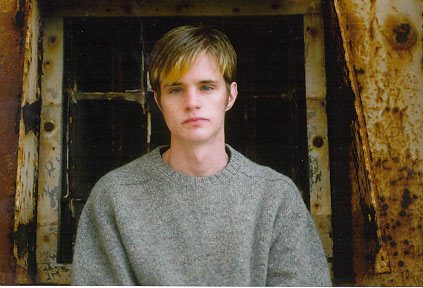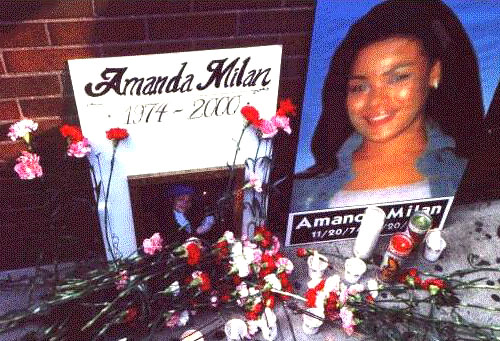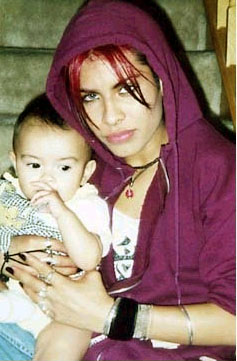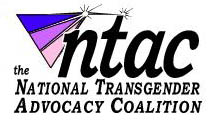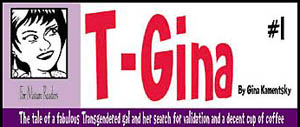In My Mother's Closet: Childhood dreams of womanhood
"My mother's closest was both a sanctuary and a crystal
ball, a place in which I escaped the world and a place where,
through the scrim of my mother's clothes I envisioned my future
self. In my mother's closet my senses came alive. The smells of
perfume, shoe polish, wool, leather; the feel of satin, velvet,
silk, chiffon - these things had the power to evoke dreams and
fantasies....
And, although it was not forbidden, I always was afraid
to enter it. Afraid of what? Being caught? More likely I feared
finding something, some clue that would reveal the mysterious
world I knew I would one day enter, the world of being a woman."
- Eugenia Zukerman
Many people reading this page will assume that those words
are the reminiscences of a trans woman. But they are not: They
are the words of the prominent writer and TV arts commentator
Eugenia Zukerman, and are taken from the back cover of her remarkable
new book In
My Mother's Closet: An Invitation to Remember.
In this wonderful book, Eugenia collects the childhood memories
of forty-three women, centering on their powerful attraction to
and fantasies about the world of womanhood as revealed by the
secret things they found in their mother's closet. Many of the
women describe almost magically powerful, sensual feelings while
exploring and trying on the things they find there, amidst the
warmth, the softness, the vivid colors and the sweet smells therein.
This book reveals for the first time how common these experiences
are for little girls, as part of the ritual for becoming a woman.

